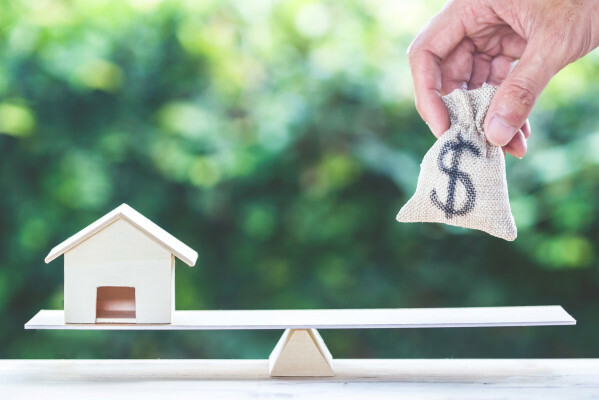Lenders are tightening their standards, but homeowners are still getting deals.
Mortgage refinancing is close to a seven-year high, and demand for refi loans is more than triple what it was a year ago — even while borrowers are facing new barriers to getting mortgages.
Homeowners looking to take advantage of some of the lowest mortgage rates on record are finding that wary financial institutions have tightened their lending standards amid the coronavirus pandemic.
Millions of owners are still good candidates for refinancing and can slash their monthly house payments, often by $100 or more.
Refinancing becomes more challenging
Homeowners whose mortgages have interest rates at 4.25% or higher have been salivating over today’s rates that are much lower — at levels never seen before.
The Mortgage Bankers Association says rates on 30-year fixed-rate mortgages have been averaging 3.45%, a record low for the trade group’s weekly survey.
Mortgage giant Freddie Mac says 30-year mortgage rates are down even deeper: at an average 3.33%, which is not far from the Freddie Mac survey’s all-time low of 3.29% reached in early March.
But in recent weeks, as the coronavirus crisis has worsened, major lenders have made today’s low mortgage rates harder for some homeowners to snare.
JPMorgan Chase is limiting new loans to borrowers who make down payments of at least 20% and have FICO credit scores of at least 700.
And United Wholesale Mortgage, another of the country’s largest mortgage lenders, is re-checking to make sure borrowers have jobs on loan closing days, according to HousingWire.
“These measures will likely be unpopular, but they speak to the uncertainty of the times and the difficulty for these organizations to gauge borrowers’ ability to repay at a time when millions of people are suddenly out of work,” says Matthew Speakman, an economist with Zillow.
Source: moneywise





